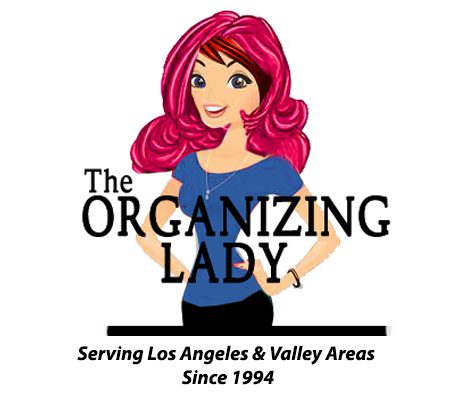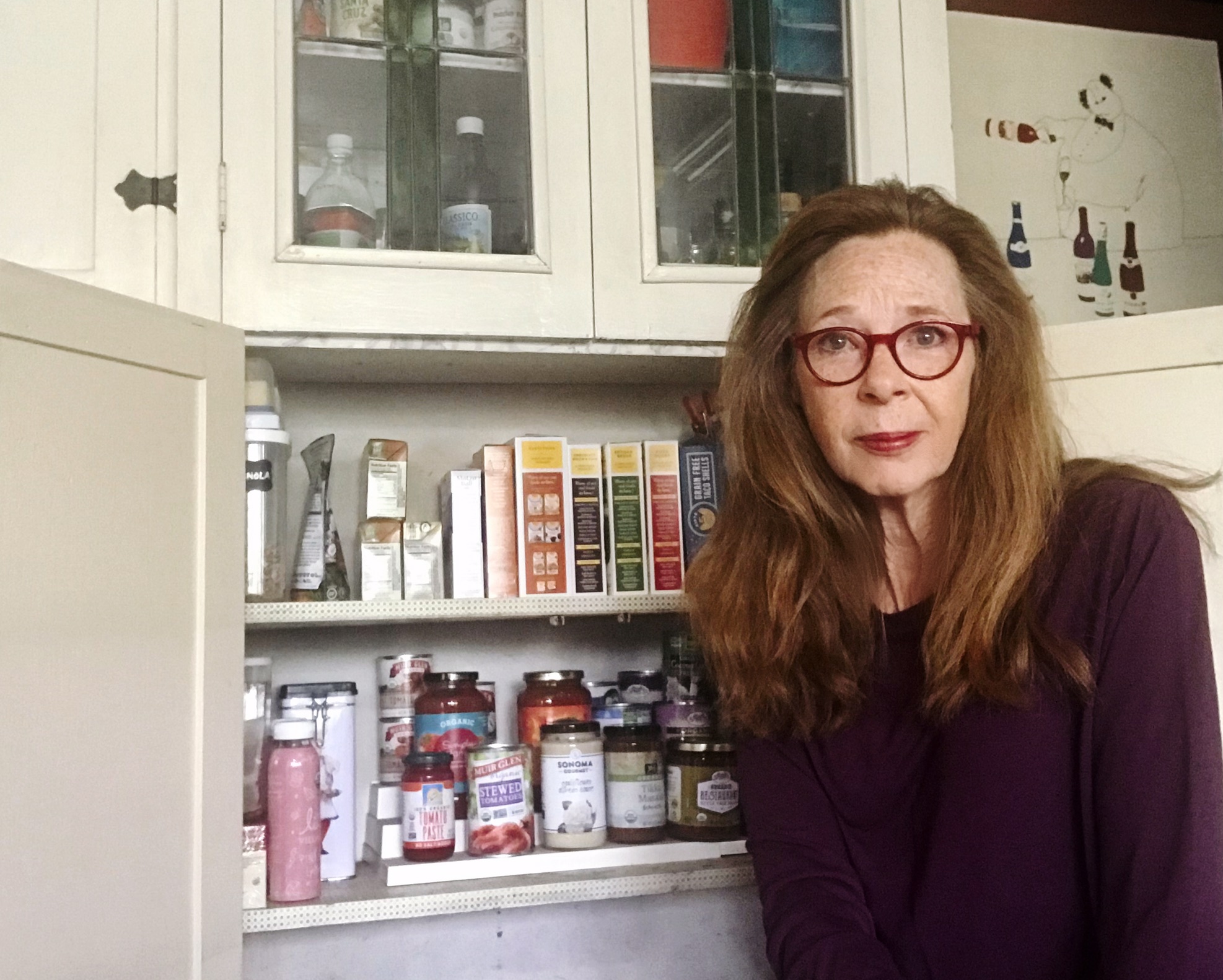
Willy-nilly daily meal plans may work for some people however, without thought-out advanced planning, we may end up ordering fast food or dining out, or even having to thaw food out in the microwave last minute.
I think people on special diets would be planning their meals for the week in order to stay on track with what they eat and ensure some variety each day.
Meal plans make shopping for food a lot easier, too. Once you know what you’ll be preparing during the week, you can check to see if you have all the necessary ingredients on hand for those meals.
Sometimes however we just want to have some ideas in mind for our meals throughout the week. In this case, having a list of meal ideas written down is a good way to have at-a-glance plans.

I like to have a nice framed chalkboard for my meal planning menu board that I can erase each week. Also you can list your planned meals on paper that you hang up on the fridge or some place in kitchen is another way.
Creating a meal plan …
The way I like to create my meal plan for the week is to go through my recipes. I love this app called AnyList to collect recipes I like from the Internet (without having to type in the recipe), as well as ones I create. The app includes a shopping list for free, but has an very small annual fee for the recipes.
You can also look through cookbooks or even Pinterest boards that contain food recipes. And there’s Facebook recipe groups galore, so you could use those as another resource for ideas.
I write down (7) seven meal ideas on a notepad. I also check the ingredients I’ll need for those meals. If I already have chicken, for example, I may make a point to find a recipe I haven’t tried yet that includes chicken, just for variety.
Meal planning is something that you want to develop as a routine so that you do this every week. Pick a day to plan the meals before food shopping, then do your shopping on another day.
Bon Appétit!


































